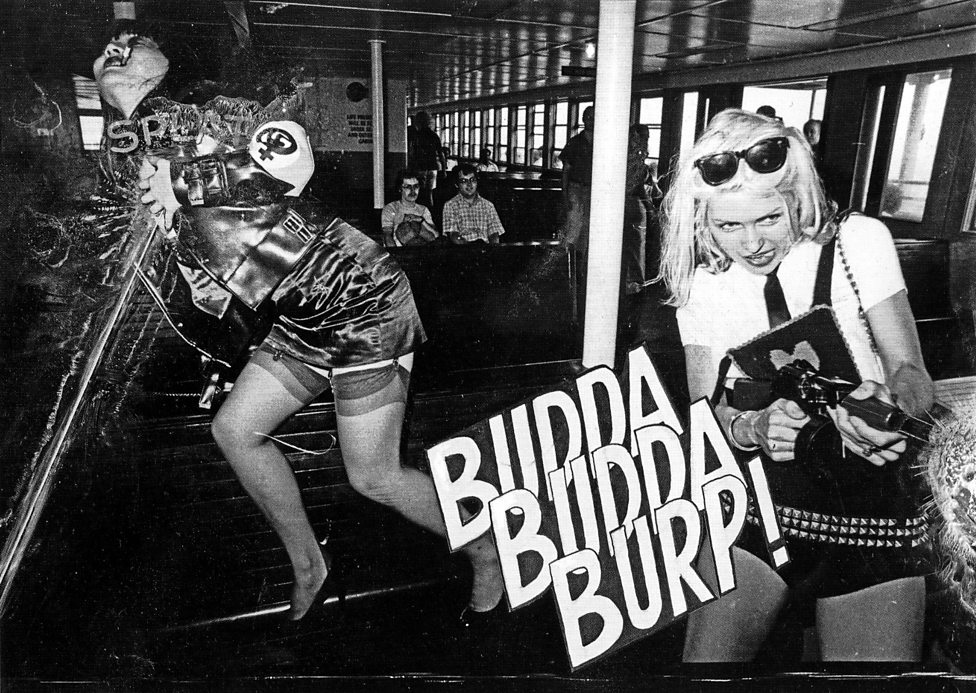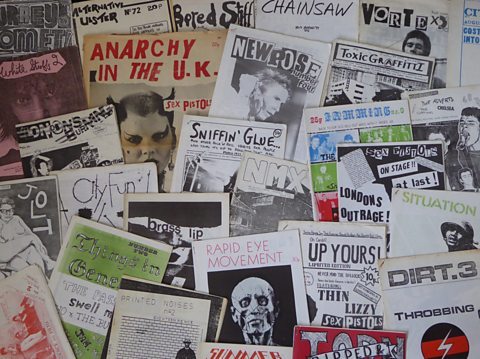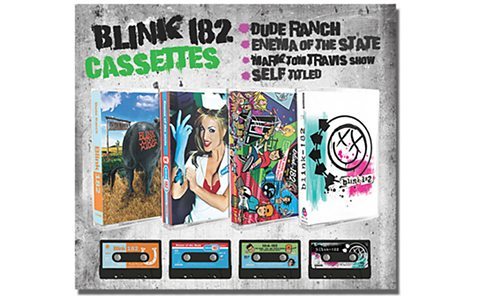Despite our world being transformed by digital – from how we listen to music, to the films we watch and the social media we use – the analogue is making a comeback. For a new breed of cultural outriders, the analogue world of vinyl records and old-fashioned print is where it’s really at. As SIMON RICHARDSON finds out, the gritty sensuality of old-school tech and media you can hold in your hands isn’t just nostalgia.

Sunday 31 January 2016. Mid-afternoon. Dedicated musos gather in a Brighton bar for Classic Album Sunday, a globally popular event in which audiences sit and listen to a favourite record on the original vinyl.
Meanwhile up in London, as the Weirdo Zine Fest gets into full swing, punky teenagers are swapping hand made publications, many for the first time.
Across town, the latest Star Wars movie – recorded, unusually for a modern release, using 35mm Kodak film – nears its conclusion.

What unites these various Sunday afternoons is the decision by artists and audiences to abandon the privileges of the digital world seeking something else instead: vinyl over MP3s, hand made publications over online publishing, imperfect Kodak instead of digital recording.
What’s behind this rediscovery of analogue media?
That same weekend a new exhibition Electronic Superhighway opens at London’s Whitechapel Gallery exploring how digital technology and the internet has influenced art since the 60s.
It includes work by Canadian writer and artist Douglas Coupland, author of cult novelGeneration X,who has written extensively about the impact of digital on our lives.
What does Coupland make of this trend, is it driven by nostalgia?
“Lots of the people who are into this stuff are under 30. You can’t be nostalgic if you weren’t there the first time – maybe it’s curiosity. There is a return to improved materiality I think.”
Compared to an MP3 you can own but not touch, vinyl is a case in point: “Vinyl’s just that magic happy point of materiality, culture, function, technology. I love to see people’s vinyl collections. It’s fetish, it’s collectability.”

Much of that object fetishism comes from vinyl’s size and shape, its holdability, roughly similar to the width of an open book.
Compared to the plastic CD case you can see why it has persevered. But while that sheen appeals to some, others are seeking a more rough and ready feel.
While writing his 2015 novel City on Fire author Garth Risk Hallberg got interested in hand made fanzines, most popular in the US and UK countercultures of the 70s.

His book reproduces one in full. What is it about this unusual medium that appeals to him, compared to its modern digital equivalent, an online blog?
“In some ways it was like a proto-blog. But in other ways the effort and the cost, the economic and emotional overhead was higher than starting a blog and that means the connections cost more.”
According to Hallberg, zines are once again growing in popularity: “People who grew up with the internet already in place are looking back and discovering the added richness that’s offered by a physical item. Oddly enough cassettes are coming back too. It’s not just nostalgia, it’s an effort to bring back some of what was lost in the race to digital.”
Coupland agrees: “Your blog is futile. People are lazy now. Zines were work and doing anything good takes work. The ease of reproducibility in a blog makes it less special.”
The work of several artists featured in the Electronic Superhighway exhibition engages with questions of digital and analogue, according to its curator Omar Kholeif: “Many artists are specifically addressing the transference of visual materials from the digital ‘virtual’ sphere into a physical material form.”
Deep Face, Coupland’s contribution to the exhibition, features large scale portraits in which the faces of the subjects are covered with acrylic in order to defy facial recognition technology. Several other exhibits also explore modes of resistance to increasing digitisation.
“Facebook wants to recognise every single face,” says Coupland. “They’ve got a facial recognition project called Deepface that is astonishingly accurate. I worry that in 20 years computers will be able to rebuild you with everything minus the sentience.”
Does Kholeif recognise the idea of a return to analogue as a kind of resistance? “I see those two things as being in conversation; those two histories are intertwined, and it is not simply that one has evolved from the other, but rather, that they continue to criss-cross and transfer back and forth … People who like the touch and smell of a magazine or paper book, are simply more vocal than ever before about their efforts to persevere multiple forms of cultural production.”
The art object’s flaws can also be important. It’s said the imperfections in vinyl give the sound quality a certain warmth.
Movie directors are returning to analogue film because of their fondness for its romance and texture. At a time when distribution is easier than ever, authenticity is at a premium.
The grassroots appeal of a fanzine brings an unusual urgency says Coupland. “It was always information that was so urgent that it just couldn’t belong in any other media form.”
The mix tape, which is also seeing a renaissance (American rockers Blink-182 just re-released their albums on cassette) used to be a classic means of seduction, and this seems to go to the heart of what makes us want to own, collect and exchange these objects – how they help us relate to one another.

Whether an analogue system of distribution is intrinsically better than a digital one depends on the individual.
In an age of personalised iTunes accounts, as well as missing the opportunity to physically own our cultural totems, perhaps we also miss the opportunity to thrust them gleefully into the hands of others. It’s what culture is all about after all.
Electronic Superhighway (2016-1966) runs from 29 January to 15 May 2016 at the Whitechapel Gallery.



Be the first to comment